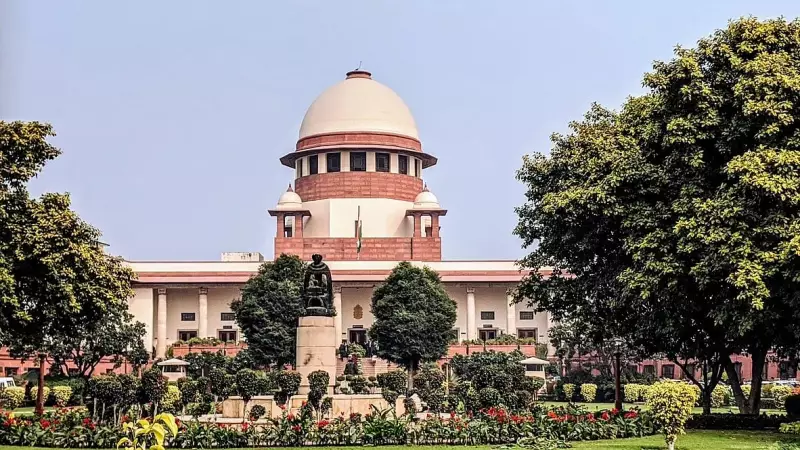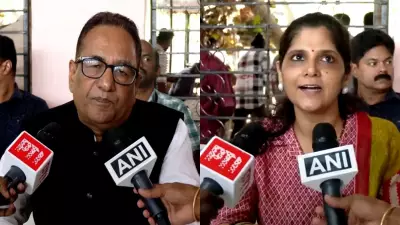
In a landmark decision that has significant implications for both consumers and the automobile industry, the Supreme Court of India has refused to entertain a Public Interest Litigation (PIL) that sought mandatory star rating systems for vehicles based on their fuel efficiency and carbon emissions.
The Court's Stance on Regulatory Intervention
The bench, comprising distinguished justices, expressed clear reservations about judicial intervention in matters that fall within the executive and regulatory domain. The court emphasized that such technical specifications and rating systems are best left to specialized government bodies and expert committees rather than being mandated through judicial orders.
The rejection of this PIL represents a crucial moment in India's ongoing debate about environmental protection and consumer awareness in the automobile sector. While environmental activists had hoped for a system that would help consumers make more informed choices about vehicle purchases, the court's decision maintains the status quo in automotive regulation.
What This Means For Indian Car Buyers
Without a standardized star rating system, consumers will continue to rely on:
- Manufacturer-provided fuel efficiency data
- Existing pollution control certifications
- Independent automotive reviews and testing
- Word-of-mouth recommendations from existing owners
The absence of a government-mandated comparative rating system means car buyers must conduct more thorough research when evaluating vehicle efficiency and environmental impact.
Broader Implications for Environmental Policy
This ruling comes at a time when India is grappling with balancing economic growth, industrial development, and environmental conservation. The automobile sector remains one of the significant contributors to urban air pollution and greenhouse gas emissions.
The court's decision underscores the complex relationship between judicial oversight and technical regulation. While the judiciary can intervene in matters of fundamental rights and environmental protection, it typically defers to specialized regulatory bodies on technical specifications and implementation details.
This case highlights the ongoing tension between activist-driven environmental initiatives and established regulatory processes in India's growing economy.





